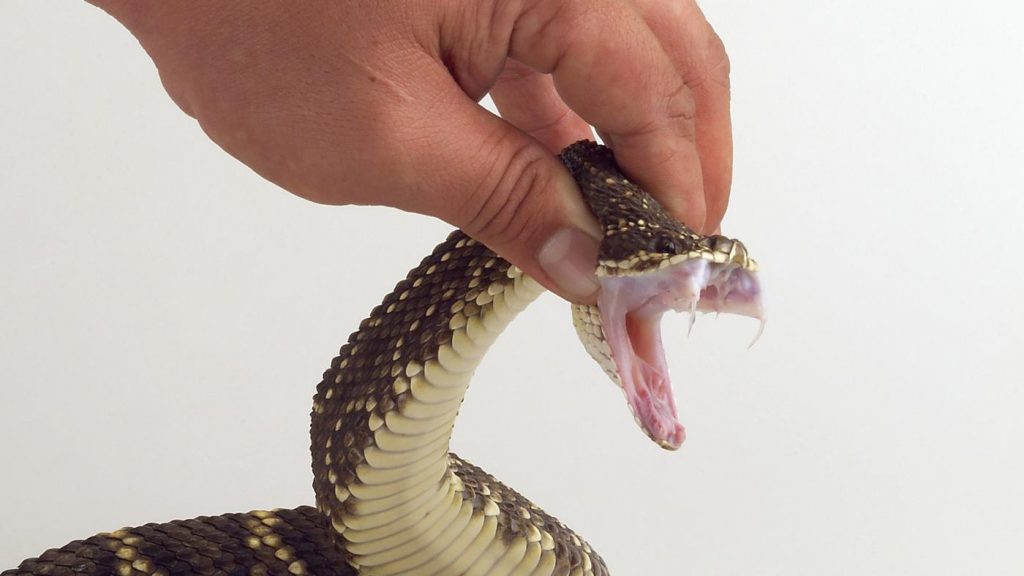Snakes are among the most mysterious animals on Earth, and one of the biggest questions surrounding them is how do snakes protect themselves? Snakes have evolved a variety of unique strategies and adaptations to protect themselves from predators and other dangers. In this article, we’ll explore the secrets of snake self-defense and uncover how they use their camouflage, venom, and other strategies to stay safe.
Anatomy of Snakes
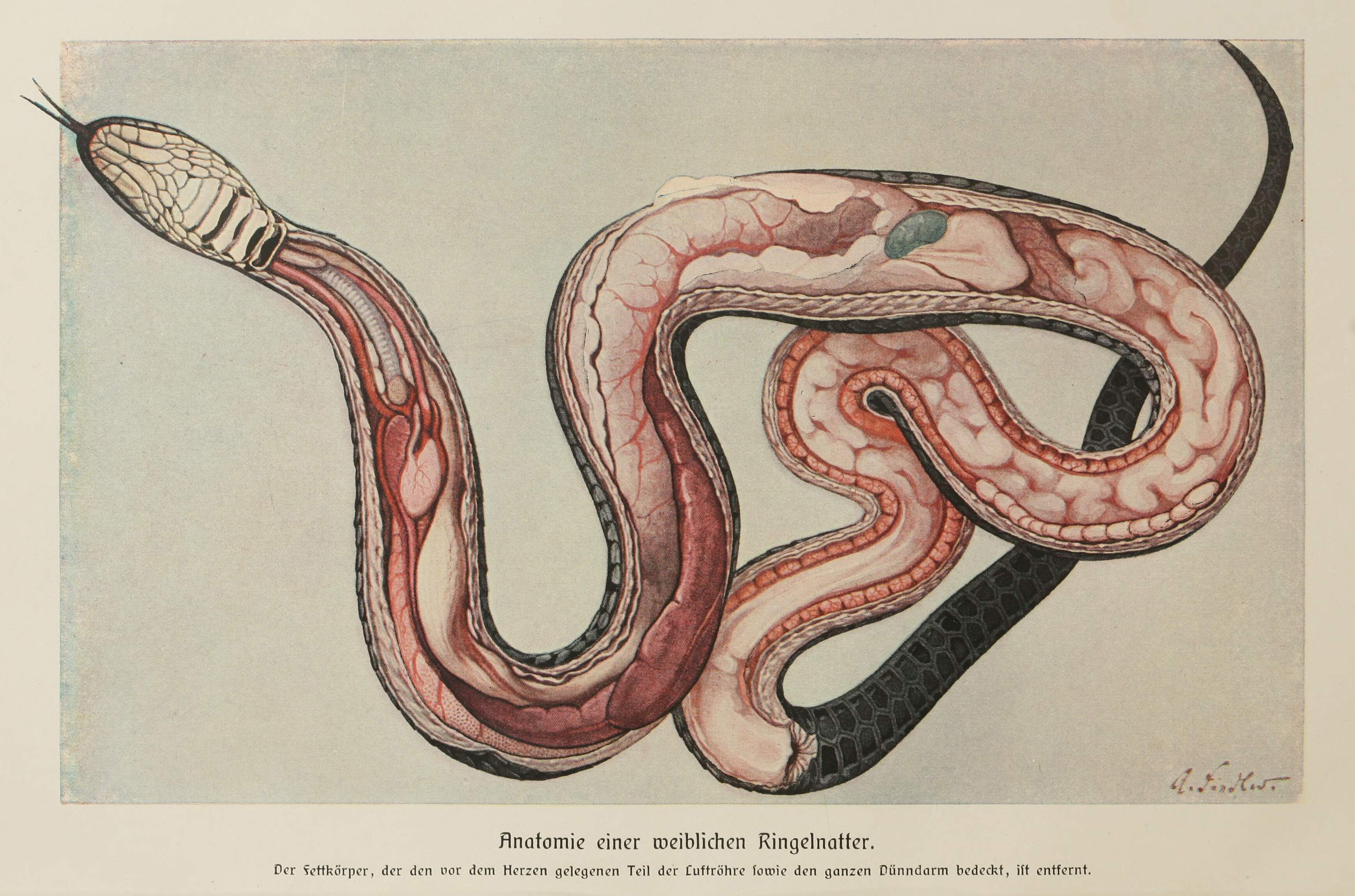
Snakes have evolved a number of adaptations that help them to protect themselves from predators. These adaptations are seen in the anatomy of snakes, which includes a long, slender body, a pointed head, and a tail.
The body of a snake is designed to be able to move quickly and efficiently. It is composed of over 300 vertebrae, which allow it to bend and twist in any direction. It has no limbs, which helps it to move quickly and silently through its environment.
The pointed head of a snake helps it to move quickly, as well as protecting it from potential predators. It has a curved, sharp beak which helps it to break open eggs and other food sources. It also has two long, sensitive, forked tongues which help it to sense its environment and detect potential predators.
The tail of a snake is designed to help it to balance, and to store energy for when it needs to move quickly. It is also used as a defensive measure, as some species of snake are able to whip their tails as a warning to potential predators.
Overall, the anatomy of a snake is designed to help it protect itself from predators. Its long, slender body and pointed head help it to move quickly and silently, while its tail can be used as a defensive measure.
Camouflage
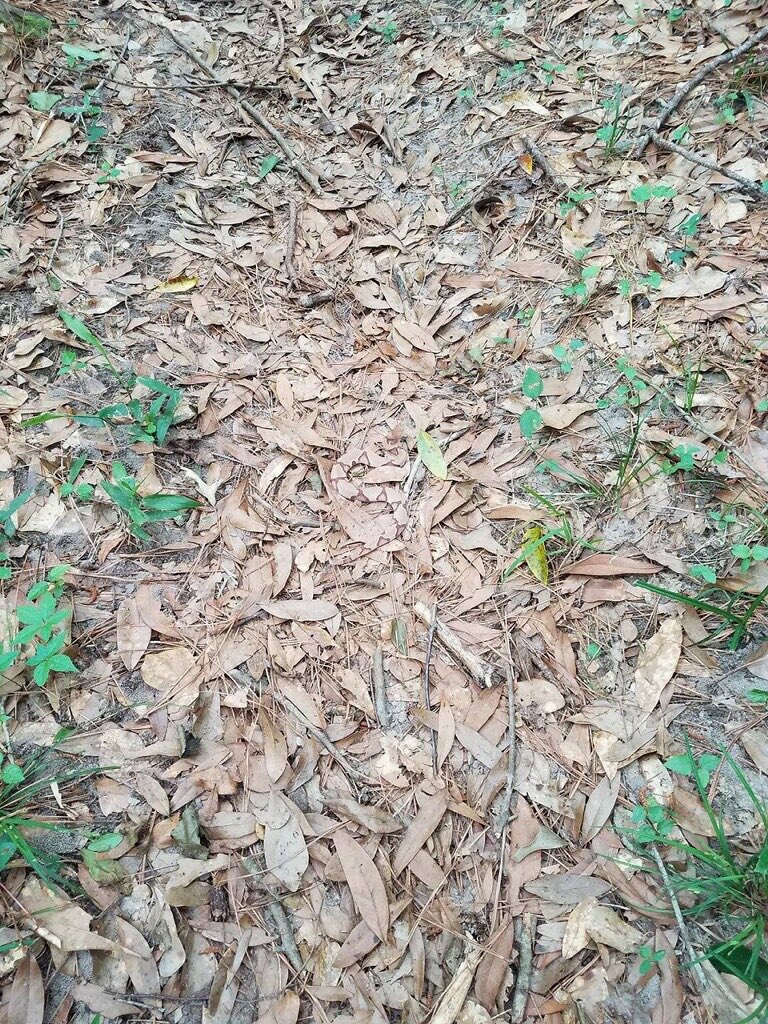
Coloration
Snakes have four main types of coloration that help them to camouflage: countershading, disruptive coloration, mimesis, and background matching. Countershading is when a snake has a light coloration on its belly and a darker color on its back. This helps it to blend in with the background, by making it difficult to spot its silhouette. Disruptive coloration is when a snake has a pattern of blotches and stripes that breaks up its shape and makes it more difficult to spot. Mimesis is when a snake’s coloration resembles that of another organism, such as a plant or rock. Finally, background matching is when a snake’s coloration matches its habitat.
Patterning
In addition to their coloration, many snakes have patterning on their skin that can help them to blend in and protect themselves from predators. These patterns can be stripes, blotches, or spots, and can be used to distract predators and make it more difficult for them to spot the snake. In some cases, the patterns can even have the illusion of eyes or heads, which can help to startle or confuse predators.
Venom
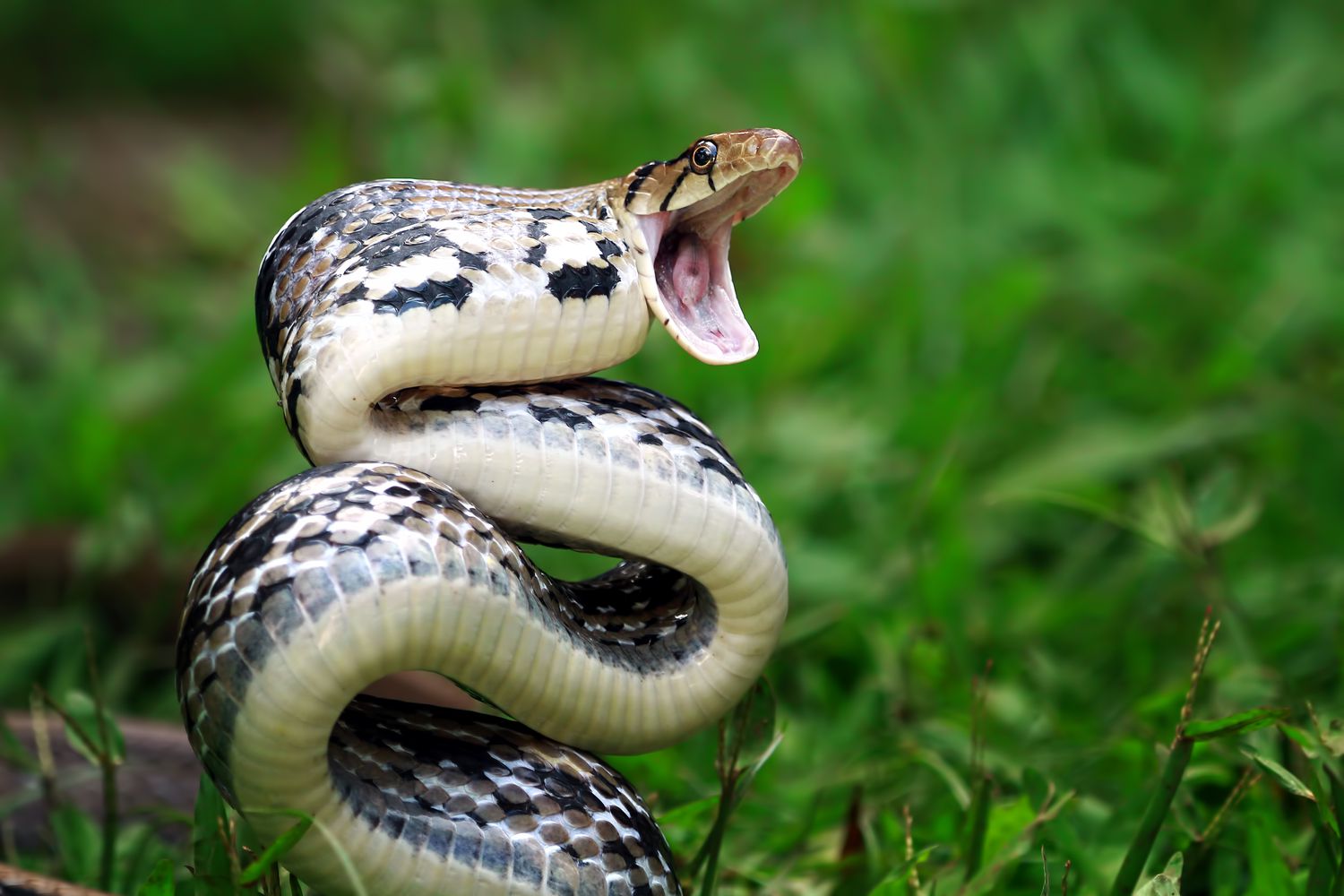
| Animal | Venom |
|---|---|
| Vipers | Hemotoxic venom |
| Cobras | Neurotoxic venom |
| Rattlesnakes | Neurotoxic venom |
| Coral snakes | Neurotoxic venom |
Snakes have a variety of strategies to protect themselves, one of which is the production and use of venom. Venom is a complex combination of proteins, enzymes, and other compounds and can be classified as neurotoxic, hemotoxic, or myotoxic. Vipers, such as rattlesnakes and copperheads, have hemotoxic venom that destroys cells, clots the blood, and causes swelling and pain. Cobras and other snakes, such as coral snakes, have neurotoxic venom that destroys nerve cells and causes paralysis.
Hiding
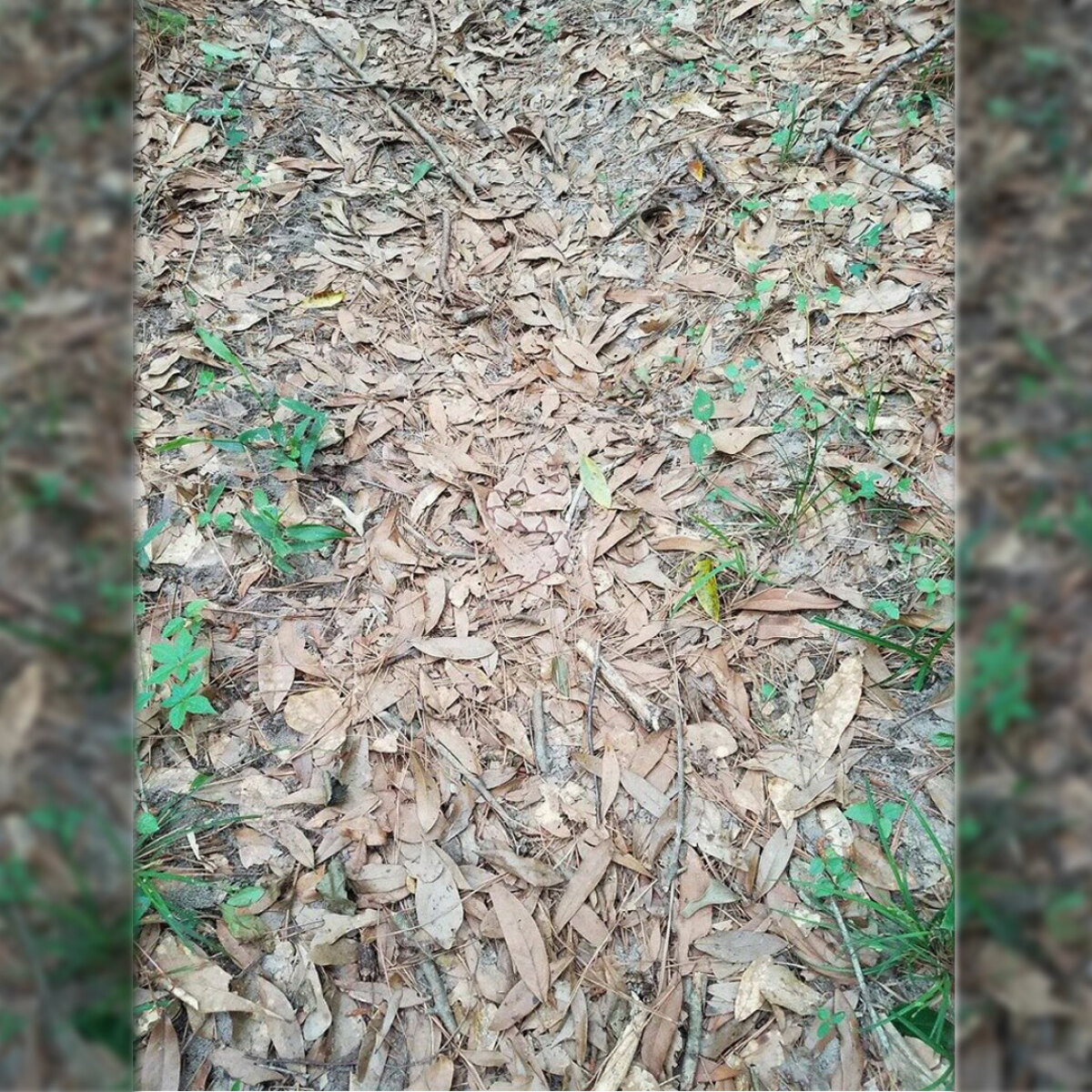
Hiding in Burrows
Snakes can hide in burrows to protect themselves from predators. Burrows are underground cavities that snakes can curl up in, making them difficult to spot. Some snakes even dig their own burrows and stay there for days or weeks at a time, depending on the species.
Hiding in Trees
Snakes can also hide in trees, especially in tropical climates. They can climb up tree trunks and hide in the foliage, making it difficult for predators to spot them. Some species even have prehensile tails that can help them hold onto branches for long periods of time.
Defensive Posture
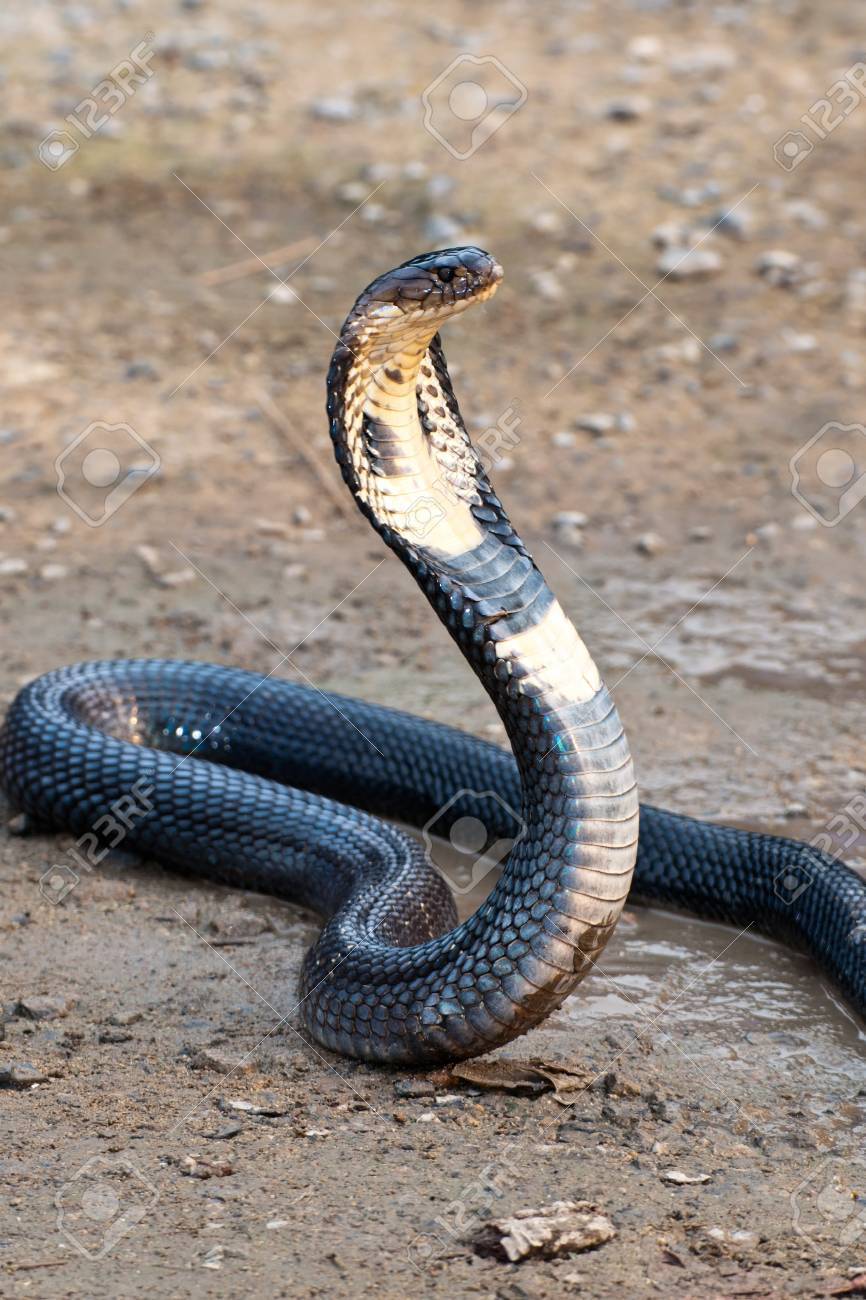
- Rattlesnakes use their rattles to create a loud noise that can startle a potential predator.
- Some snakes will coil up and hiss to make themselves look bigger and more intimidating.
- Cobras and other species will raise the front of their body off the ground and spread their hoods to make themselves appear larger.
- When threatened, some snakes may even release foul-smelling musk, which can repel predators.
- If a predator manages to grab a snake, some species have a defense mechanism called caudal luring. This involves the snake wiggling the end of its tail to attract the predator’s attention, allowing the snake to escape.
Head Bobbing
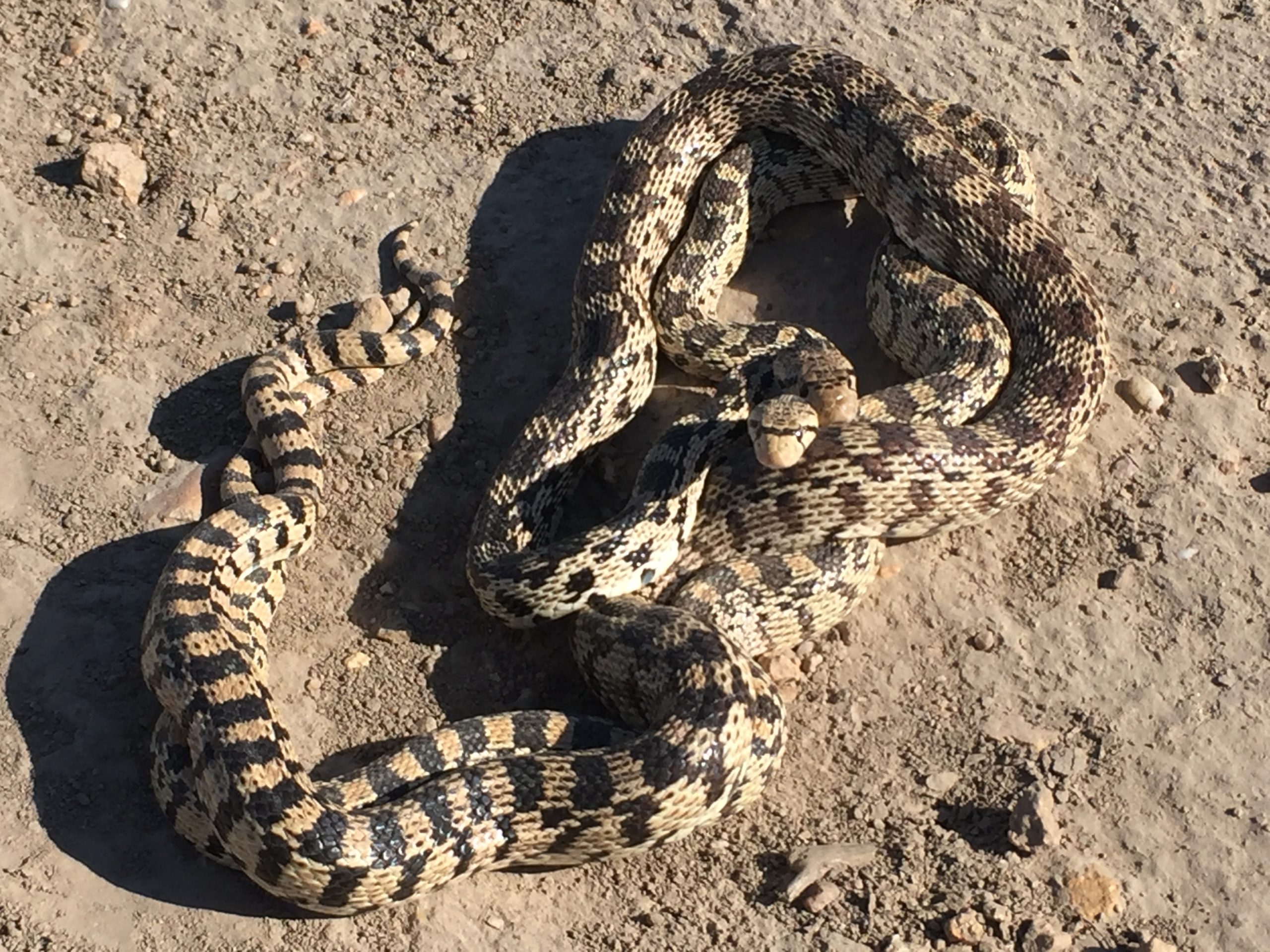
Snakes use head bobbing as a defense mechanism when they feel threatened. They lift their heads and move them back and forth in a rapid motion. This movement helps them detect the presence of predators in their environment. It also helps them to identify the type of predator, allowing them to determine the best course of action to take in order to protect themselves. This behavior is usually seen when snakes are in an unfamiliar environment, as they are trying to get a better sense of their surroundings. Additionally, head bobbing is often used as a warning signal to predators to stay away.
Tail-Luring
Snakes can use their tail as a decoy to divert potential predators away from their head. This behavior is known as tail-luring. The tail is often brightly colored and wiggled to attract the attention of a predator, while the snake quickly moves away in the opposite direction. This technique is effective for snakes that have a large enough tail to make it look like a separate creature.
Faking Death
| Snake | Protection Mechanism |
|---|---|
| Hognose Snake | Play dead |
| Cobra | Rear up & spread hood |
| Puff Adder | Inflate body |
| Rattlesnake | Rattle tail |
| Horned Viper | Inflate body & hiss |
Snakes have various methods to protect themselves from predators. Hognose snakes have an interesting way of faking death to surprise predators. They will roll over and play dead, sometimes even going so far as to excrete a foul-smelling substance from their anal glands to make predators think they are a corpse. Cobras, on the other hand, will rear up and spread their hoods to make themselves look bigger and more formidable. Puff Adders also puff up their bodies when threatened to make themselves look bigger. Rattlesnakes use their tails to make a rattling sound warning predators of their presence. Finally, some horned vipers will inflate their bodies and hiss when threatened.
Frequently Asked Questions
What type of camouflage do snakes use for self-defense?
Snakes use a variety of methods to protect themselves, such as camouflage, defensive postures, and venom. Camouflage is a major defense tactic used by snakes to blend in with their environment and avoid detection by predators. Many snakes have evolved colors, patterns, and even behaviors that help them blend in with their surroundings, making them nearly impossible to detect. Some snakes have evolved to look like rocks, twigs, leaves, or even tree bark to avoid detection.
How do snakes use their venom to protect themselves?
Snakes use their venom as a defensive mechanism to protect themselves from potential predators. Venom is a combination of toxins, enzymes and proteins that can be injected through the snake’s fangs. Depending on the species, a snake’s venom can cause paralysis, tissue damage, bleeding, and even death. The venom is usually produced in specialized salivary glands and is then injected through hollow or grooved fangs located in the snake’s upper jaw.
How do Snakes Detect Potential Predators?
Snakes detect potential predators through a combination of their senses. They have a keen sense of smell, which they use to detect chemical cues left behind by predators. They also have a specialized organ known as the Jacobson’s organ, which helps them to detect chemical signals in the air. Additionally, they use their tongue to sense potential predators in the environment. The tongue collects odor molecules and brings them back to the Jacobson’s organ. Finally, snakes have excellent vision, which helps them to spot predators from a distance.
How do snakes use their bodies to defend themselves?
Snakes can use their bodies in a variety of ways to defend themselves. They can coil their bodies and hiss, making themselves look larger and intimidating predators. They can also use their tail to create a distraction, which can allow them to escape. Some snakes have venomous fangs which they use to inject venom into their predators. Other snakes have the ability to release a foul-smelling fluid from their bodies to ward off predators.
What other methods do snakes use to protect themselves?
Snakes can also use their tail as a distraction by vibrating it to draw attention away from their body, allowing them to escape. They can also flatten their body to hide in small crevices, or roll up in a ball to make them appear larger and more intimidating. Some species also use their bright colours to warn predators of their venomous bite. Lastly, snakes can use their camouflage to blend in with their environment and remain elusive.
Conclusion
Snakes possess a range of defensive strategies which help them protect themselves when threatened. They rely on camouflage, chemical defense, and physical defense to ward off potential predators. However, when all else fails, snakes can rely on their agility and speed to escape danger. Ultimately, snakes are a resilient species and have adapted to survive in a variety of conditions.
